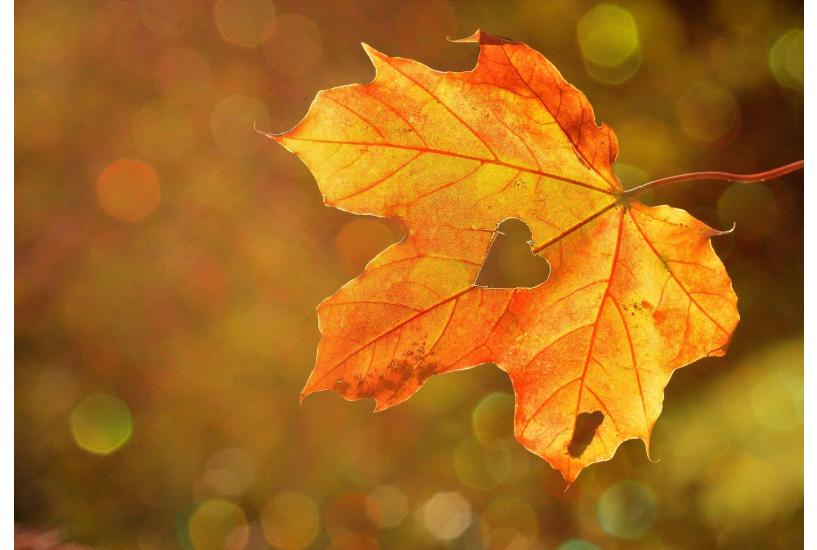Autumn and Wise Old Women
by Cait Johnson, author of Witch Wisdom for Magical Aging, Witch in the Kitchen, and Celebrating the Great Mother
There can be wisdom in every wrinkle,
power in every gray hair.
Old women in fairy tales are sometimes evil and usually scary. Because what could be more frightening to the prevailing culture than a woman who proudly rejects its rules, a woman who lives by the dictates of her soul, feisty and unafraid? But in many tales the Wild Old Woman functions as a teacher and a guide. She insists on the proper respect, and she sees clearly. She is in tune with her instincts and intuition (unlike young women, who are often blinded by need), so she can warn a young one of danger or sometimes even save her life. The wise old woman helps because she can see the skull beneath every young woman’s smooth and rosy cheeks. She knows that someday the young woman will be old, too.
If you look under the surface of many fairy tales and most folklore you will find images of female power that have nothing to do with their fertility or desirability, crones and hags who offer difficult tests and hard-won wisdom, like the Russian Baba Yaga, who lives in a chicken-legged house and who flies through the air in a large mortar, sweeping her tracks away with a broom.
In stories of the old hag goddesses it’s possible to see the ancient roots of sacred elder woman worship, before patriarchal religions changed and corrupted them, turning them into fearsome monsters. For instance, the Polish Nocnica, or Night Elder, was once an ancient horse-spirit woman, a kind of astral traveler, honored for millennia with rites and rituals. But she was gradually transformed into a “night-mare” who tormented children at night—a cultural shift designed to prevent Slavic women from honoring their traditional goddesses.
But even the patriarchy couldn’t suppress generous witches like La Befana, who delivers goodies to Italian children on Epiphany; or the similarly gift-giving Scandinavian Pask Witch, an Easter-season icon sometimes pictured drinking tea while riding her broom; or Mother Holle in the Grimm’s fairy tale, who rewards a young woman’s kindness with gold. Celts revered the Cailleach, an earthy crone goddess of Winter, but also of creation. The Irish honored the Pisogues, or old Wise Women. And the ancient Greeks worshipped Hecate, goddess of witchcraft and magic.
Goddesses Age Too
Goddess-loving women deserve older role models of fierceness and strength. When you were younger, did you have a goddess that you especially revered? Brigid, Mary, or Artemis? Rhiannon or Aphrodite? Yemaya or Hestia, or someone else entirely? How would you imagine them as old women? Can you picture them beautifully wrinkled, gray-haired, with a keen, direct gaze that sees into your very heart? In her face, you can still see glimmers of the young goddess she was—just as you can still see your own young girl or young woman in the older one you are now. You could find an image of your guiding goddess and make a color copy, then gently add some penciled-in wrinkles and gray hair. Just because your culture thinks goddesses should stay eternally young doesn’t mean you have to go along with it.
You might want to find fairy-tale illustrations of witches, crones, and hags and make copies to look at when you need inspiration. When you surround yourself with positive, or at least interesting images of older women, it changes everything: you begin to feel companioned and empowered, filled with the courage to be who you are.
Honoring Your Own Harvests
Once, women lived close to the earth and her seasons, tending animals and gardens, culling, harvesting, preserving. The metaphor of the garden harvest and your own accomplishments doesn’t have the same ring of lived experience as it once did, but it still resonates. Oh, my faithful life-gardener, take a moment to look back and appreciate all you’ve done, all you’ve experienced, all you’ve created. Your life is a kind of garden, and the choking weeds and varmints, the pests and droughts and floods that may have beset you are a valuable part of your history. They are part of what has made you what and who you are. Take a few moments to appreciate the garden that is your life in the following exercise:
Seeing Your Life as a Garden
Bring some markers or crayons, or colored pencils and pens and a large sheet of paper with you to a place and at a time when you won’t have any other demands made on you for a half-hour or so.
First, get comfortable and take a few deep, cleansing breaths. Now begin to think of your life as a garden that you are looking down on from high up so that you can see the whole thing. Thinking metaphorically here, what shape is it? Round, square, something else entirely? Make the general shape of it on your paper with a pencil or pen.
Now, in the upper part of the blank space around your garden shape, list as many of the things you’ve achieved as you can think of: the college degree you got in later in life, your children, the causes you worked for, the creative projects you brought to fruition, the home you created, or anything else that comes to you—friendships, businesses, careers, special celebrations. These are the fruits of your garden, your harvest.
Next, in the lower part of the blank space, list the things that hurt or challenged you: the pests and weather patterns that sometimes made you feel your garden was going to go under and die and you along with it: job loss, divorce, illness, deaths of loved ones, failures— anything that comes to mind.
When you really look at your two lists, you may notice something fascinating: the difficulties often led to blessings, or at least to increased resilience and strength. Just as the skin of a scar is stronger than ordinary skin, so the challenges you faced made you more capable, tougher, more forceful, steadier. And possibly more deeply appreciative of life.
Now, just for fun, start to fill in your garden with different colorful shapes that represent your harvests; you can make your garden wild and tangled or laid out with symmetrical precision. Imagine your accomplishments as plants, flowers and fruits, trees, weeds, bushes—anything you like: it’s your garden and you can do this any way you like. Scribbling and doodling with colors can be as much fun as it was when you were little—or you can collect a few magazines, some scissors, and a glue stick, and do your garden in collage. What really matters here is not creating a work of art—just the opposite, this is simply play. You’re taking time to appreciate all you’ve been through and all you’ve done. You may want to keep your garden paper where you can see it and be reminded. Once you start thinking about it, you may remember other accomplishments, other harvests, to add to it.
Lessons from the Leaves: Letting Go
Nothing is more graceful than a falling leaf, and in autumn the trees become your gentle teachers. If you watch, there is a joyousness to each leaf’s letting go, its graceful dance as it falls to earth. When you finally reach the place of acceptance, there is a gift waiting for you there: serenity.
I sometimes think true wisdom, true healing, is letting things go gently and with compassion: all the old hurts and resentments, the betrayals, the anger that keeps your stomach churning or a chip that that sits firmly on your shoulder. Yes, there are wounded people in the world who are without conscience, and they can hurt you, but staying furious at them is, as the saying goes, like drinking rat poison and waiting for the rat to die.
Just as getting rid of possessions that weigh you down is a wonderful exercise in liberation, so too is examining and naming all the old, rotten, emotional albatrosses you’ve been lugging around for years and then giving them a proper send-off.
Lay Your Burdens Down
Take some time to honor what you’ve been through. Was it easy? No. Did you survive it? Yes. Will it feel freeing to lay the old, painful bur[1]dens down? Probably.
On a piece of paper, take some time to go back as far as you can remember and begin to list as many of the painful memories of hurt, anger, and betrayal as you can, until you’ve brought your list up to the present.
Once your list of burdens is complete, choose one of the elements and give those burdens to it in a simple ceremony—or you can make four copies of your list and give each copy an elemental funeral. This ritual is a lovely way to physicalize your wish to do some real emotional cleansing. You may be surprised at how helpful each element can be.
Earth: Bury your list in the ground. You can put it in a cigar box or some other biodegradable container that will be its “coffin,” if you like. Consider placing flowers on the “grave.” Watch the flowers decay over time and know that your burdens, too, are likewise disintegrating.
Water: Rip your list into very small pieces and send it off down the nearest river or stream, or flush it down the toilet. Sing a song while you do so.
Fire: Crumple your list up and then carefully burn it in a heat-proof container or fireplace or campfire. Dance while it burns.
Air: Rip the list into tiny pieces, then go to a hill on a windy day and throw it into the wind, letting it all go, as you say words of releasing.
Giving-Over Prayer
This comes from visionary artist and Wise Woman Ania Aldrich, and, next to the one-word prayer “Help!” it is one of the simplest prayers ever. When you need assistance from something bigger than you so you can lay your burden of worry down and give it over, turn to this prayer, spoken to whatever or whomever you conceive the Great Mystery to be: “I request the most beneficial outcome in the matter of (fill in the blank). Thank you.”
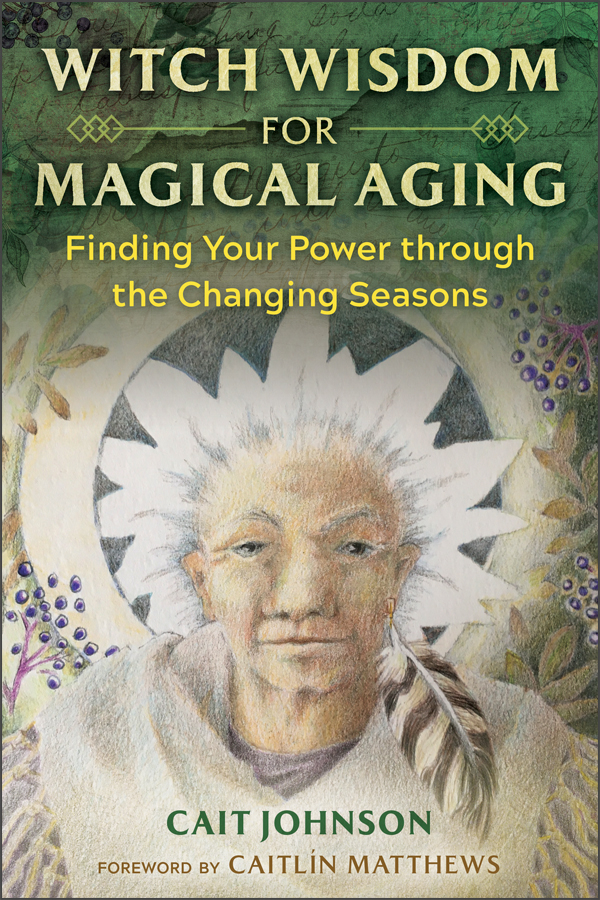 |
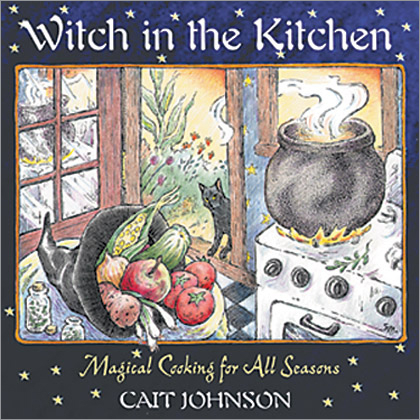 |
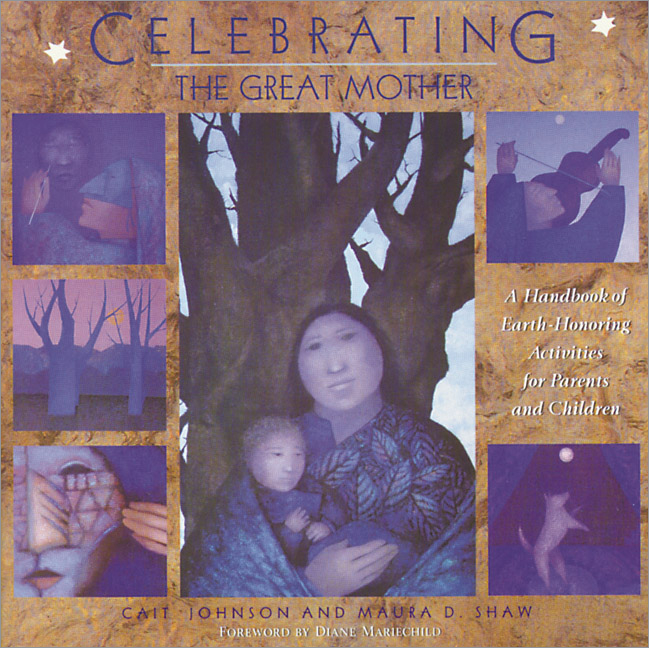 |
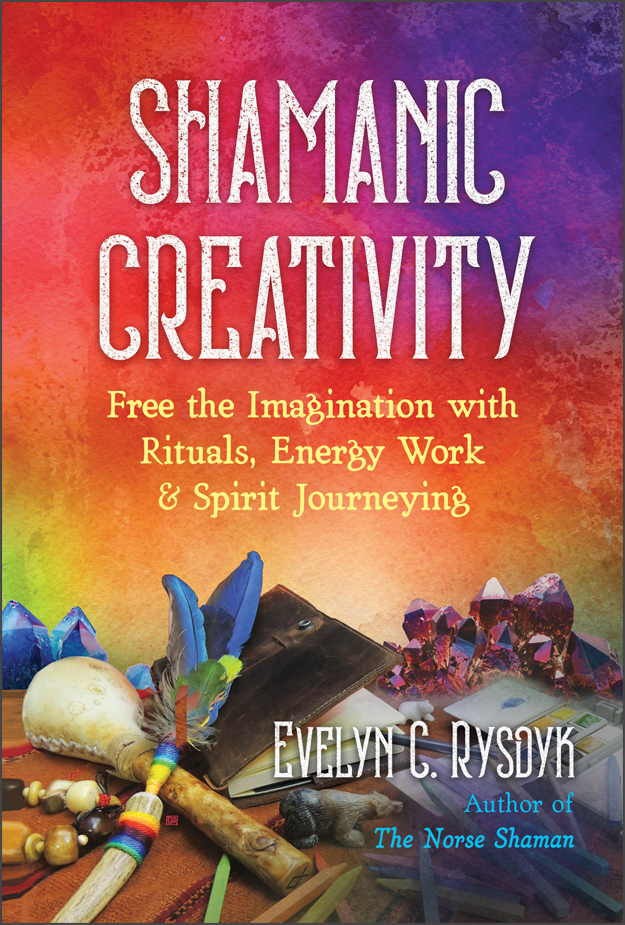 |
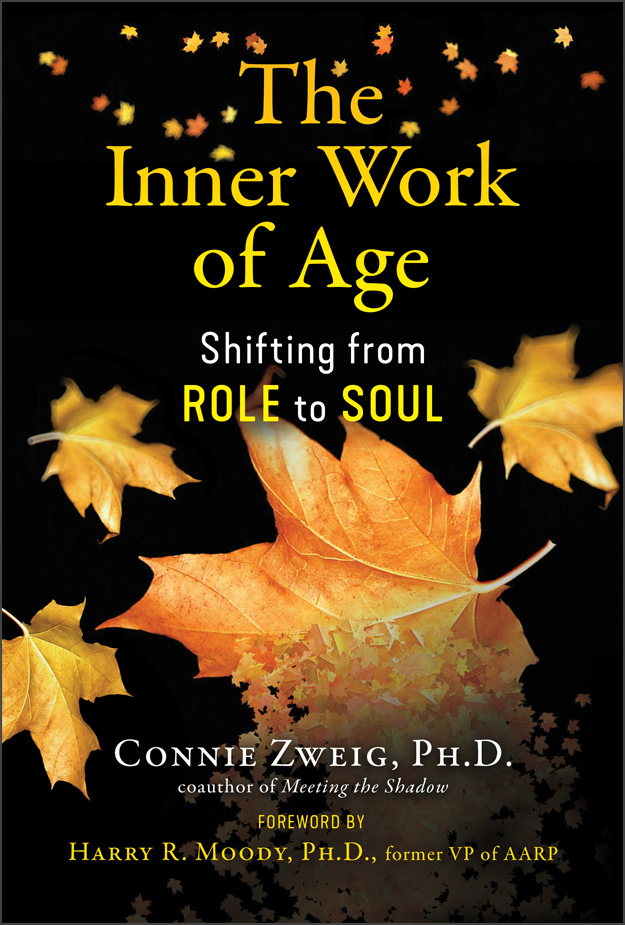 |


